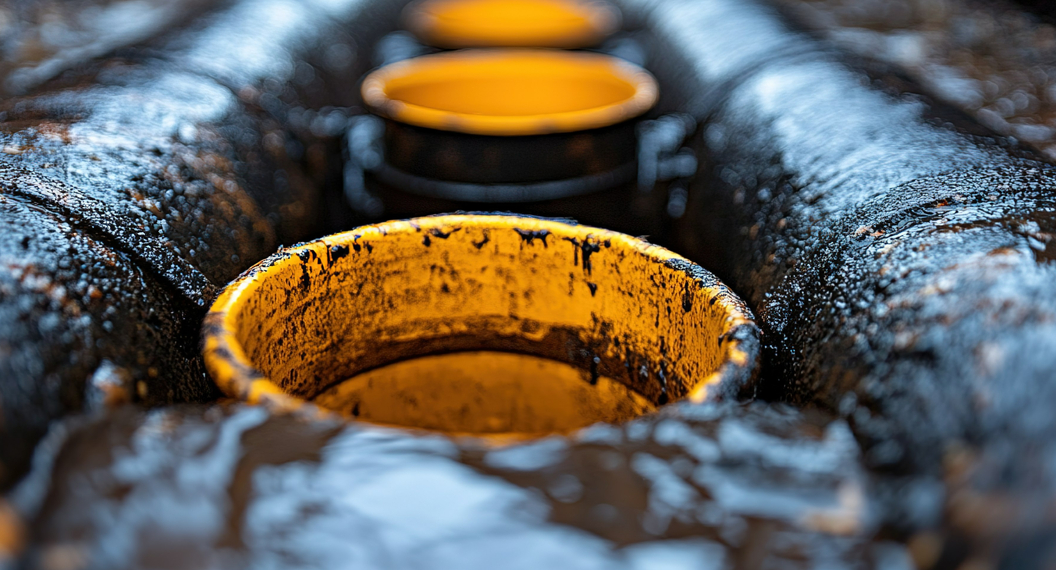Advanced Pyrolysis Sludge Treatment & Hydrocarbon Recovery Solution
KEY INFORMATION
Waste Management & Recycling - Industrial Waste Management
TECHNOLOGY OVERVIEW
Tradtional oil sludge treatment methods typically involve multi-stage processes, including dewatering, drying and incineration, which are energy intensive, costly and inefficient in recovering valuable hydrocarbons. These conventional methods struggle with high oil/ water content sludge, requiring excessive pre-treatment. High operational costs, and environmental concerns.
The multi-layer spiral thermal pyrolysis desorption system addresses these challenges by eliminating the need for pre-drying, efficiently processing sludge with varying compositions, and optimizing hydrocarbon recovery. The technology is particularly valuable to oil refineries, petrochemical plants, tank cleaning operators and palm oil processing industries, enabling them to enhance resource recovery, reduce waste disposal costs, and company with environmental regulations. The oil content upon pyrolysis is between 0.3% - 2%.
The technology owner is looking for collaborations with oil field customers, hazardous waste centers, and wastewater treatment plants for R&D collaboration, test bedding, licensing or IP acquisition.
TECHNOLOGY FEATURES & SPECIFICATIONS
The Multi-Layer Spiral Indirect Thermal Pyrolysis Desorption System is deisgned for efficient sludge treatment and hydrocarbon recovery, integrating multiple advanced components:
- Transfer Feeding Unit: Efficient material intake and handling
- Pyro-Desorption Unit: Indirect gradient heating for thermal separatino of hydrocarbons
- Pyrolysis Gas Treatment Unit: Separates and recovers valuable hydrocarbons while managing emissions
- Thermal Energy Supply Unit: For precise heat control
- Discharging & Cooling Unit: Minimizing secondary contamination
- Circulating Water System: Enhances energy efficicency by recycling heat
- Exhaust Flue Gas Treatment Unit: Incoporates filtration gas and gas neutralization to comly with environmental standard
Additionally, it adapts widely to a range of material, posesses high processing capacity and efficiency with a fully sealed and safe deisgn
POTENTIAL APPLICATIONS
- Oilfield Industry - Treatment of drilling mud, oil-based cuttings, and production sludge generated during exploration and extraction process
- Refining & Petrochemical - Processing oil sludge from refineries, chemical plants, and petrochemical storage facilities
- Storage Industry - Managing sludge accumulation in storage tanks, pipelines, and tank cleaning operations
- Palm Oil Processing - Recovery of residual palm oil from palm oil mill effluent sludge
- Hzardous Waste Treatment Centers - Handling high-viscosity, high-liquids-content industrial sludge and contaminated solid waste
Market Trends & Opportunities
The global sludge treatment market is growing due to stricter environmental regulations and sustainable waste management needs. The market for sludge treatment chemicals is projected to grow from $5.03B in 2022 to $8.02B by 2032 (CAGR 4.4%), while the oil sludge treatment equipment market is expected to rise from $795M in 2023 to $1.185B by 2030 (CAGR 5.8%). These trends present strong market opportunities for advanced technologies like the multi-layer spiral thermal pyrolysis desorption system to enhance efficiency, hydrocarbon recovery, and environmental compliance across industries.
Unique Value Proposition
- No Pre-Drying Required – The system directly processes high- liquid-content sludge, reducing energy consumption and operational complexity
- High Hydrocarbon Recovery – Optimized pyrolysis with indirect gradient heating ensures higher recovery rates of valuable oil, maximizing resource efficiency
- Wide Material Adaptability – Effectively handles high-viscosity, high-water-content, and toxic sludge, making it versatile for oil refineries, petrochemical plants, and hazardous waste centers
- Integrated, Cost- Effective Solution – Combines pyrolysis, gas treatment, quenching and emissions control into a single automated system, lowering processing costs and improving efficiency
- Eco-friendly & Compliant - Advanced exhaust gas treatment minimizes emissions, ensuring compliance

